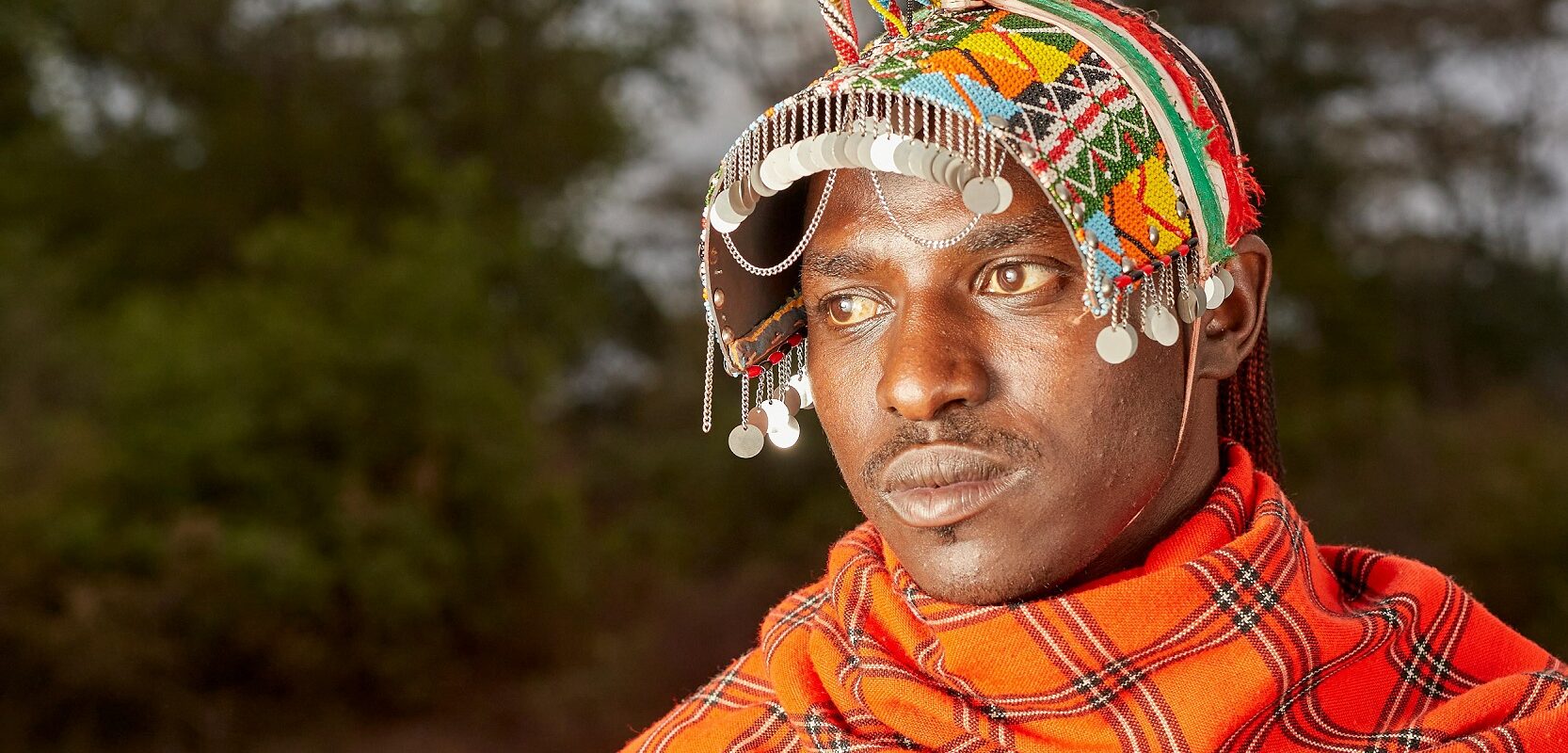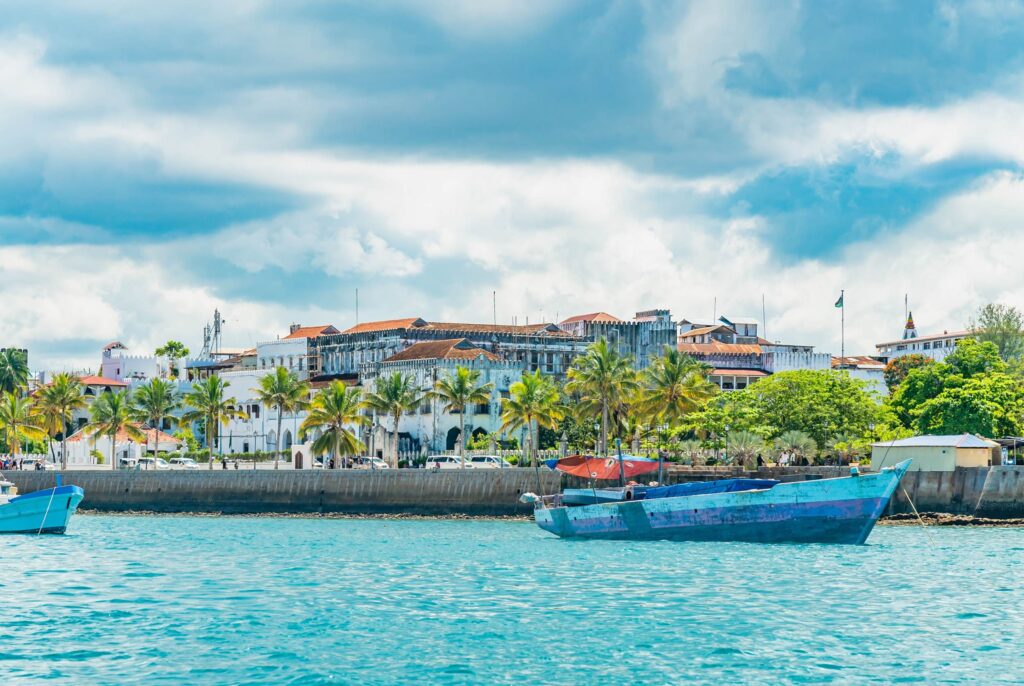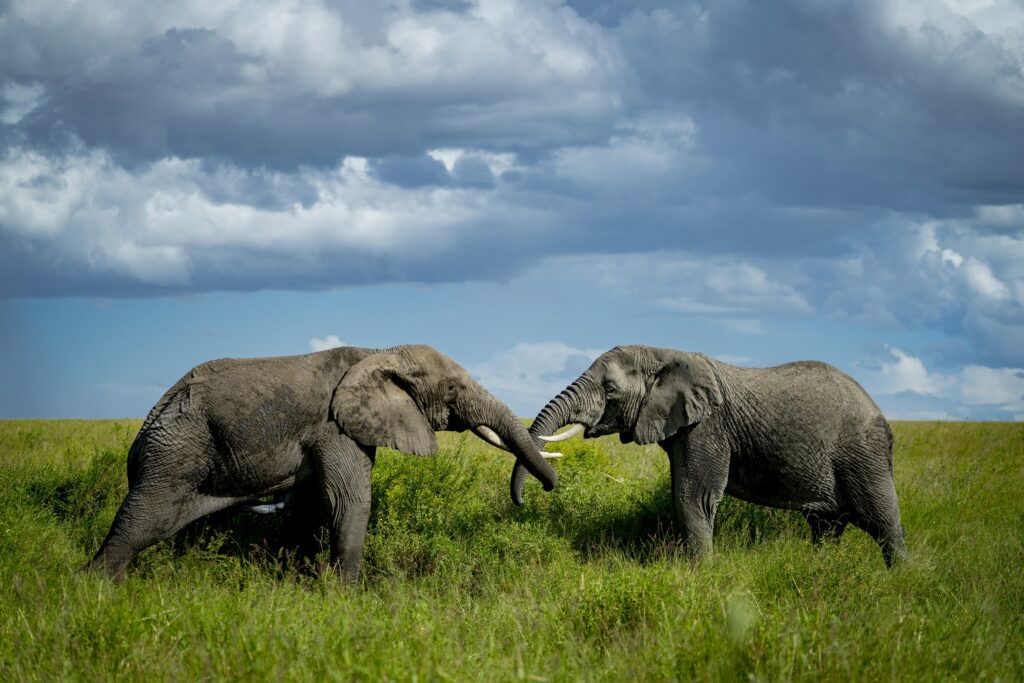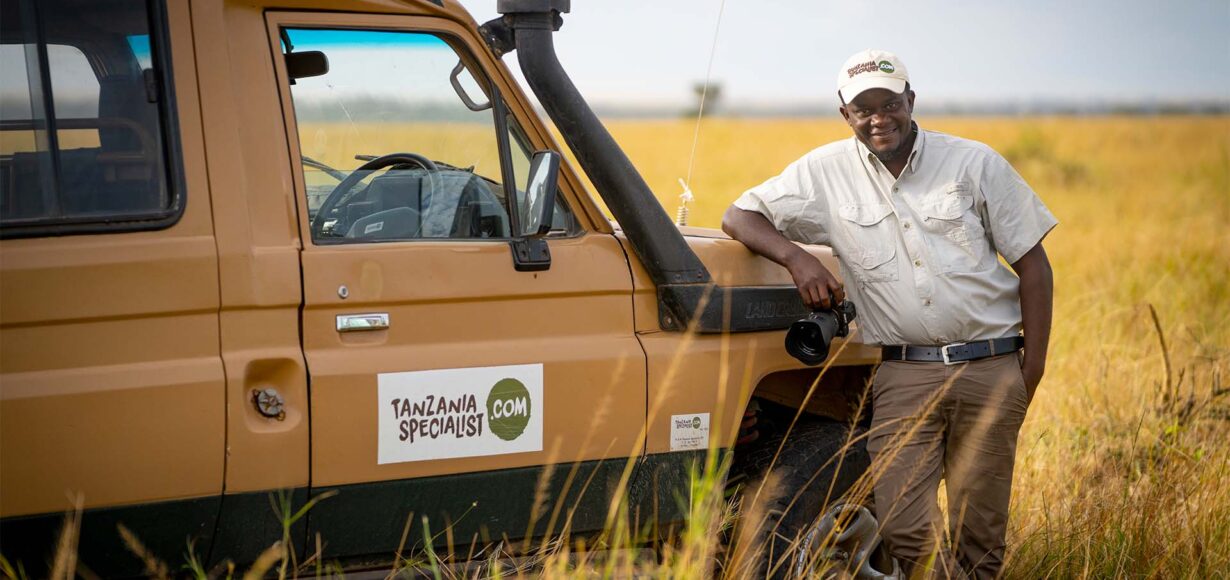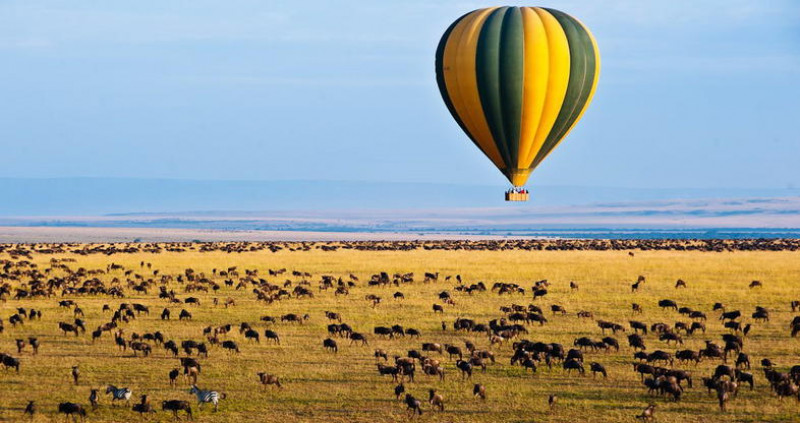
10 July 2024
In Tanzania, it’s not surprising to find locals glammed-to-the-nines in their traditional attire, striding like they’re on permanent catwalks. Tanzanian fashion isn’t just about looking good, but also a form of self-expression. After all, as they say in Swahili, “Mavazi ni matamshi” (Clothing speaks). Clothing in Tanzania truly reflect the wearer’s culture and vibrant spirit: they are statement pieces that resonate with the story of the Tanzanian people.
So let’s shine a light on the traditional and contemporary attire that adorns the streets of Tanzania, where every garment tells a story and fashion serves as a silent narrator of cultural pride and heritage.
Tanzanian Women’s Clothing
The Kanga
In Tanzania, the kanga (pronounced kah-nga) is a common sight, worn with pride and style. These large, rectangular cloths dazzle with their vivid designs, patterns, and bright colours, reflecting the spirit and creativity of Tanzanian women.
Each kanga imparts words of wisdom, so to speak, with Swahili proverbs, sayings, and phrases bordering its edges.
For instance, you might see a phrase like “Akiba haiozi,” which translates to “Savings never go bad”, reflecting the value of prudence and foresight. Another popular Swahili saying often found on kangas is “Hakuna Matata,” famously known worldwide as “No worries.”
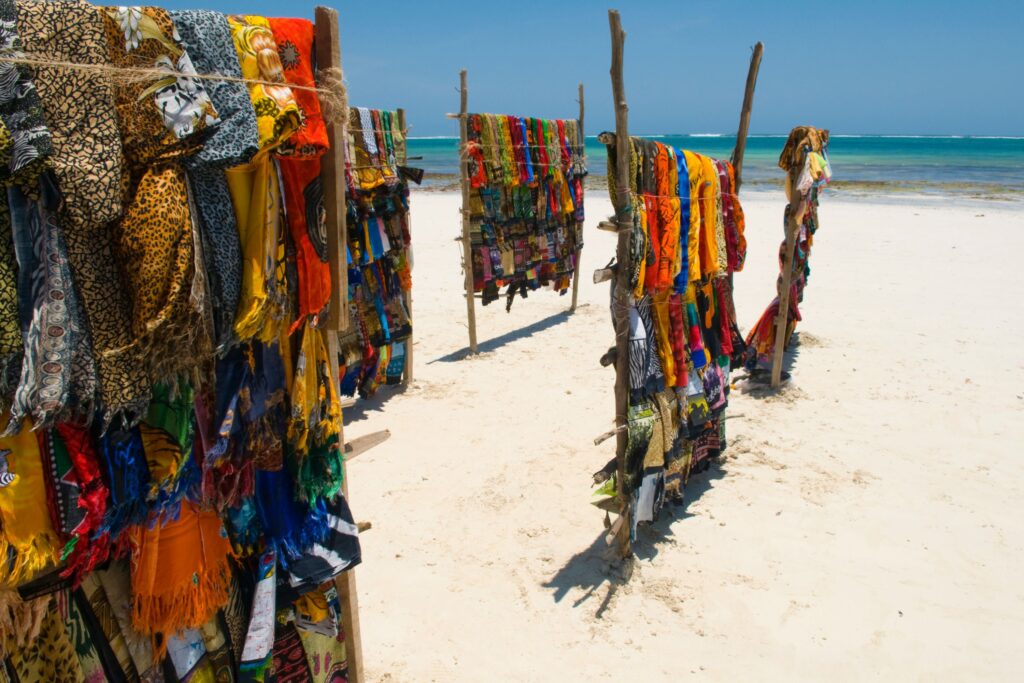
Versatile in its use, the kanga can be worn around the waist as a wraparound, transforming into a practical but chic and stylish skirt. It can also be tossed over the shoulders as a light cover-up on a sunny day. And with some creative folding and tying, it can be fashioned into a head wrap, adding a touch of colour and elegance to any outfit.
Beyond personal use, the kanga holds a special place in Tanzanian gatherings. When worn in matching patterns by women, it symbolizes sisterhood and unity, adding another layer of charm to these beautifully patterned fabrics.
But the kanga’s importance extends beyond fashion and symbolism. It also serves as a cherished heirloom, passed down from mother to daughter, carrying with it stories and memories across generations.
The Kitenge
Kitenge (pronounced kee-ten-gee) is a colourfully printed fabric that is commonly used to make clothing in Tanzania. It comes in a variety of vibrant colours and bold designs. The fabric is similar to West African wax print fabrics and East African kanga fabrics. Women often wear kitenge as wraparound dresses, skirts, headscarves, and tops. The fabric is very versatile and can be styled into all sorts of outfits.
Kitenge dresses and skirts often have embroidered or lace trims, because who says you can’t be a walking art exhibit? Many women coordinate their kitenge outfits with jewellery, bags, and shoes made from the same fabric. Men sometimes wear kitenge too, often as shirts, kanzu robes, pants, jackets, or hats.
Kitenge designs frequently incorporate Tanzanian culture, wildlife, and landscapes. Fun and common motifs include animals like lions, elephants, giraffes, and zebras, fruits, flowers, and traditional symbols.
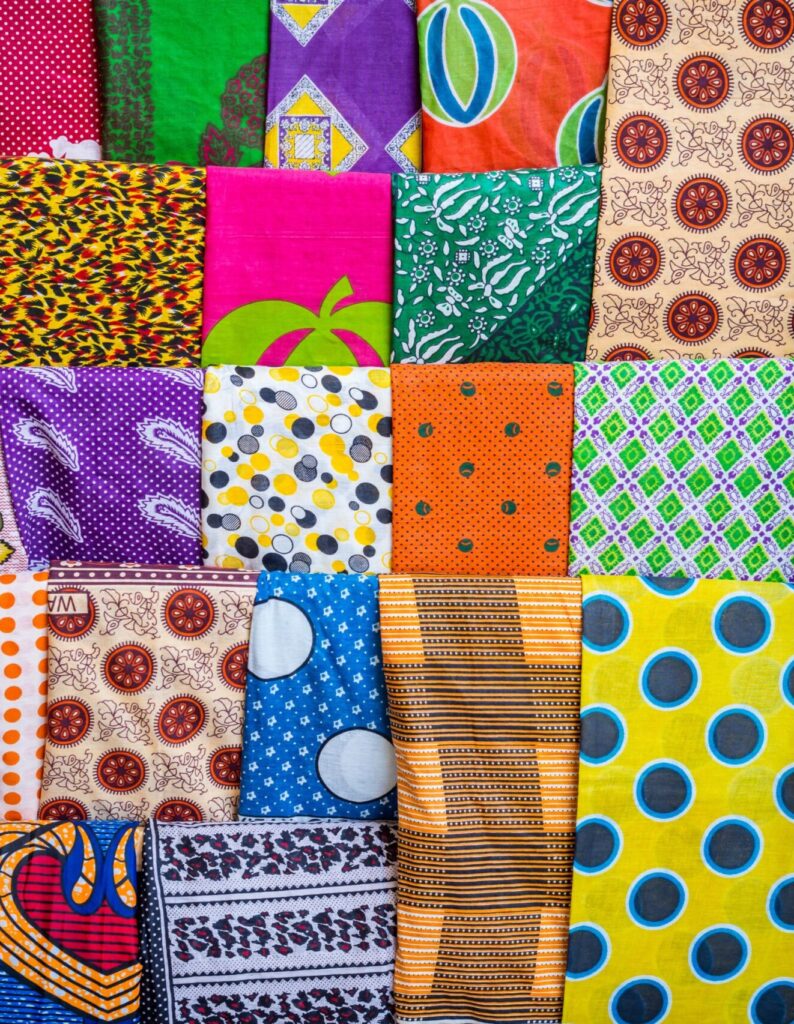
What Tanzanian Men Wear
The Kanzu
Kanzu is a traditional men’s robe worn across Tanzania. This long, white cotton gown drapes around a man’s body, typically falling around the ankles.
With its minimal, graceful design, the kanzu radiates an understated elegance. The clean white fabric embodies a classic, sophisticated style, free from flashy colours or patterns. While simple in appearance, the tailored cut and flowy fabric come together to create a refined look.
Many men pair kanzu with a matching hat for a polished head-to-toe outfit. The long sleeves and high neckline provide coverage while still allowing airflow through the breathable cotton material. This makes kanzu a comfortable and practical garment for Tanzania’s warm climate.
Kanzu holds cultural significance, too. It’s commonly worn during celebrations, festivals, weddings, and religious ceremonies.
The bright whiteness symbolizes purity and unity. For generations, fathers have passed down kanzu to their sons, keeping this meaningful tradition alive.
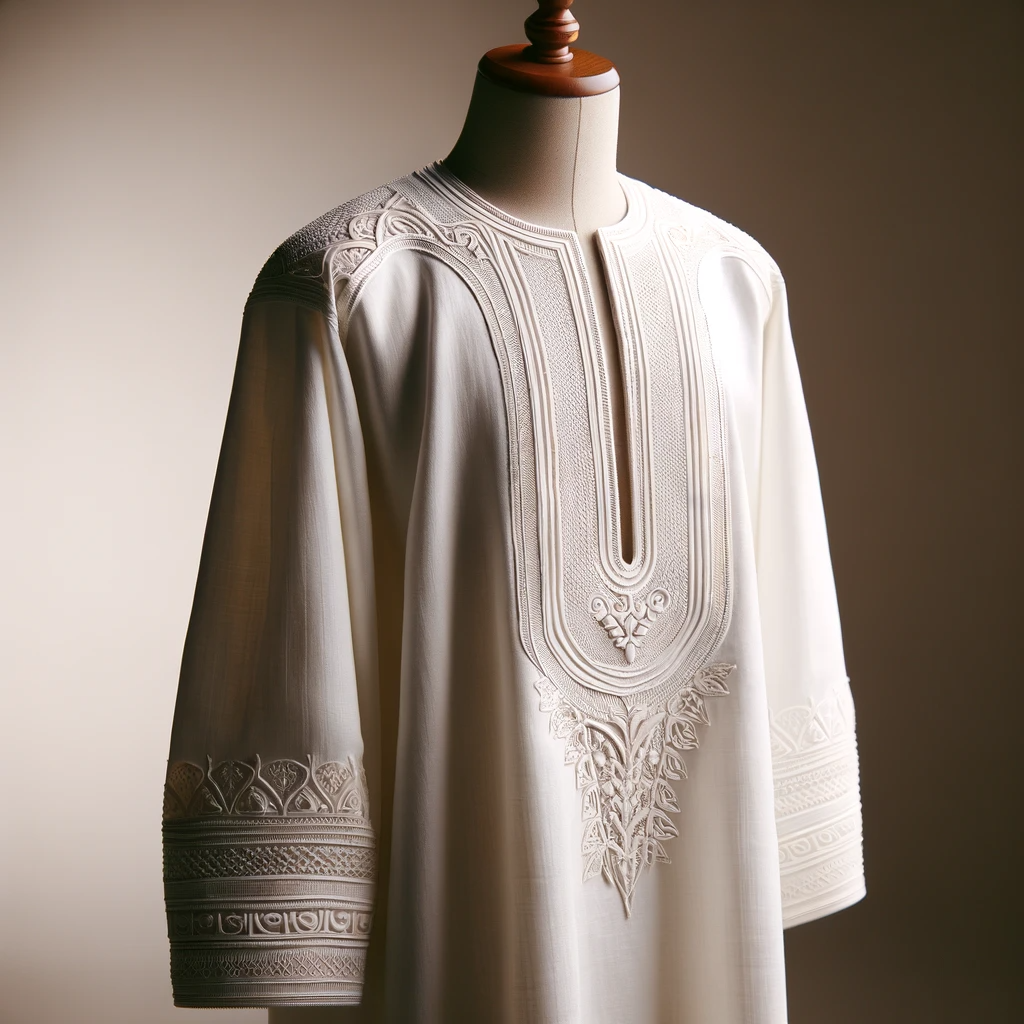
Kofia
Kofia means “hat” in Swahili, and it has been worn by men in Tanzania for centuries. Originally, it was a sign of rank, worn by village elders and leaders.
Today, it remains a sign of respectability and is commonly seen at important events like weddings or church services.
The kofia is an essential part of proper formal attire for men, and traditionally, it’s made of woven fibres and decorated with embroidery, tassels, and pom poms (yeah, it’s popping). It comes in a variety of colours and patterns, with the embroidery often incorporating Swahili sayings or names.
The shape and style of the kofia vary across Tanzania. In some regions, they have a rounded dome shape, in others, they are more rectangular or conical.
The embroidery also differs, with some regional styles favouring geometric patterns while others feature more abstract shapes and designs. These stylistic variations make each kofia unique and identifiable to its region.
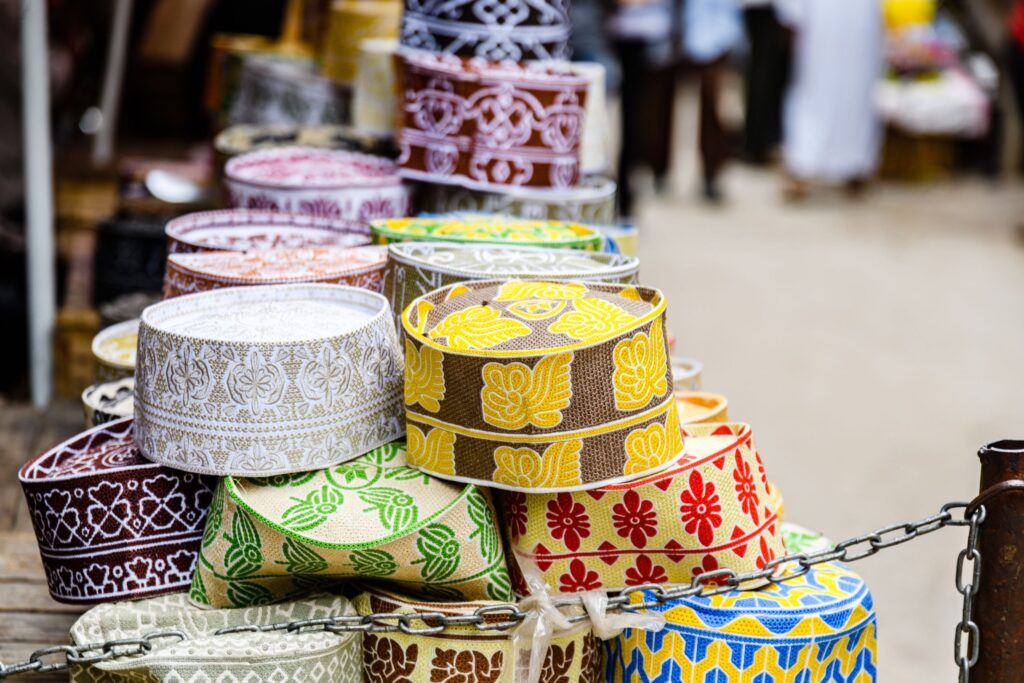
Jewellery and Accessories
Jewellery is another important element of traditional clothing in Tanzania. Beautiful handmade beaded jewellery is very popular, especially bracelets. Intricate beaded bracelets in bright colours are commonly worn by both men and women.
Some of the most iconic Tanzanian bracelets are made using colourful glass, seed or plastic beads threaded onto wire or elastic bands. These beads are arranged into intricate circular or zigzag patterns.
Women often wear stacks of these beaded bracelets on each wrist as part of their traditional outfits. You could say they wear their art on their sleeves – literally.
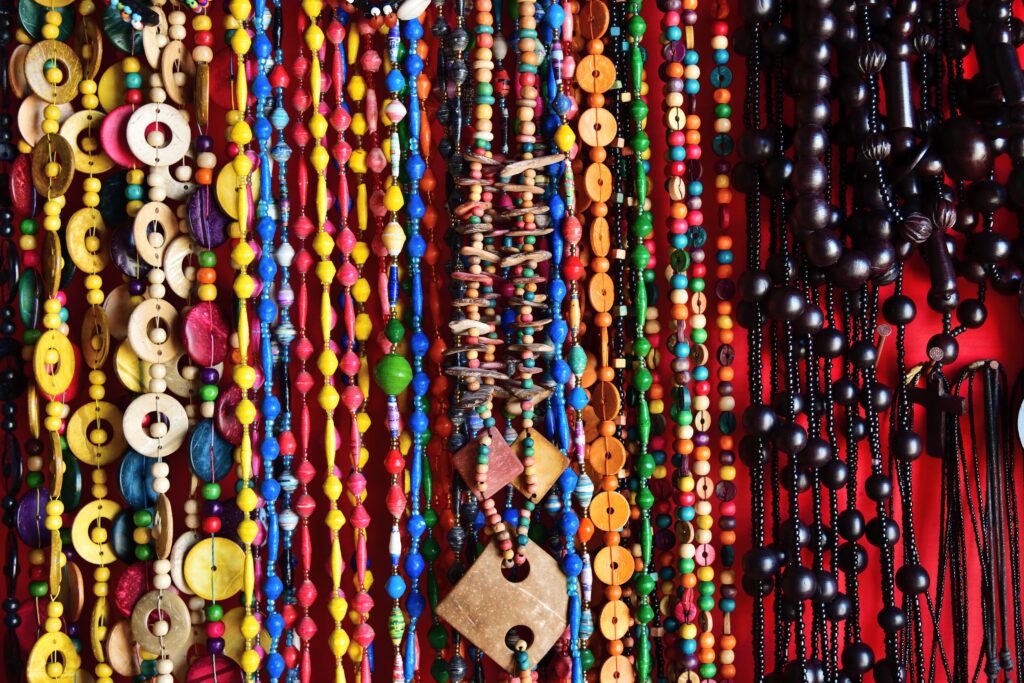
Modern Fashion
Tanzania’s modern fashion scene reflects a blend of international influences with local style. In cities like Dar es Salaam, popular international brands like Levi’s, Nike, Adidas, and more can be found in shopping malls and markets. Local boutiques also carry the latest global fashion trends, tailored to Tanzanian tastes and sensibilities.
Women in Tanzania often combine western pieces like jeans or t-shirts with local fabrics and patterns. Vibrant kitenge fabrics in colourful prints and patterns are fashioned into crop tops, pencil skirts, head wraps, and accessories. Men also incorporate kanga and kitenge fabrics into modern outfits.
Locally designed and tailored clothing is also a key part of Tanzania’s modern fashion identity. Skilled tailors create unique designs and customise international styles to fit local culture and context. Original African prints, fabrics, and silhouettes fuse seamlessly with contemporary trends.
Tanzanian models and designers are also pioneering modern African looks and aesthetics on runways at home and abroad. Events like Swahili Fashion Week provide a platform for talented designers across East Africa.
Tanzania’s fashion scene continues to evolve through exchanges with the international community, while maintaining its vibrant local spirit and style.
Cultural Significance
In Tanzania, clothing conveys a strong sense of identity, belonging, and tradition. Certain fabrics, colours, and designs have deep cultural meaning.
For example, the Maasai shuka, a colourful fabric worn as a robe or wrap, has vibrant hues and patterns that represent various aspects of Maasai culture. Red, which is more prominent, represents bravery and strength, while other colours like blue and green represent energy, sustenance, health, and the land.
Tanzanian clothing also reflects gender norms and roles within the country’s society. Traditionally, women wear dresses, skirts, wraps, and headscarves, while men wear pants, shirts, and sometimes kanzu robes.
However, modern urban fashion is changing these stereotypes, with women incorporating more pants and men adopting colourful prints and tailored fits.
Jewellery, too, is very much part of Tanzanian culture. Pieces like beaded bracelets are more than just fashion accessories; they allow Tanzanians to express their heritage and tribal identity.
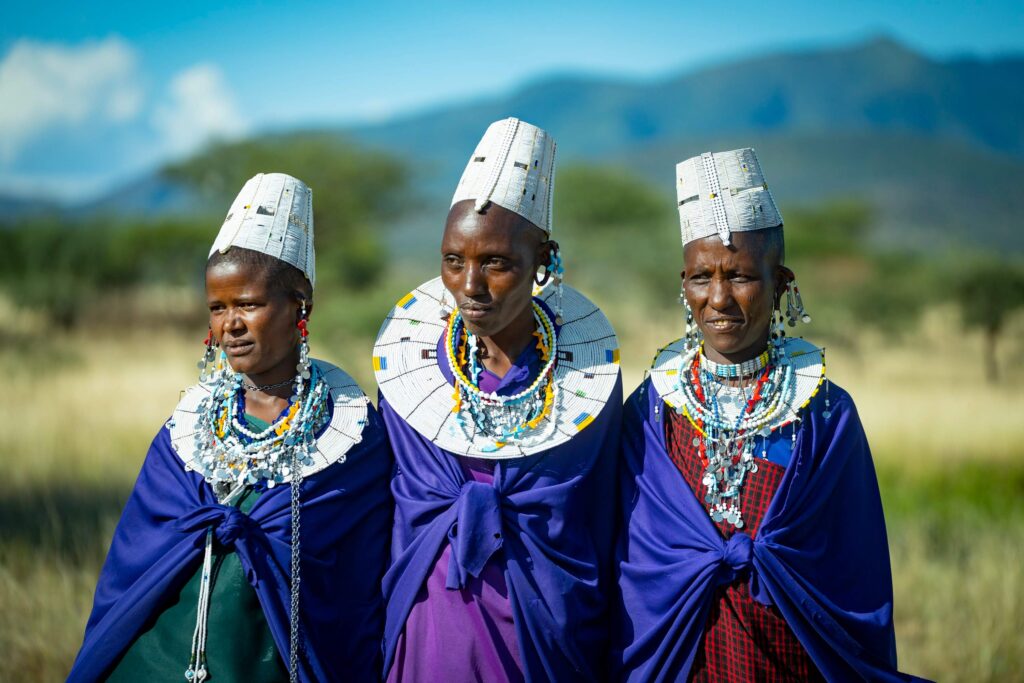
Modesty and Religious Influence
Like in many other countries in Africa, in Tanzania, modesty is strongly influenced by cultural and religious beliefs and values. Traditionally, modesty was linked to concepts of respect, dignity, and honour.
Both women and men were expected to dress and behave modestly, avoiding revealing or provocative clothing. For women in particular, modesty focused on covering the thighs, shoulders, and cleavage.
But times have changed. In buzzing cities like Dar es Salaam, international fashion and modern trends are making their mark, especially with the younger crowd. They’re blending the latest global styles with traditional touches, creating a unique, eclectic fashion scene.
Despite these evolving trends, many in Tanzania, especially those from religious communities, continue to honour their traditional values of modesty. Muslims, for instance, gracefully integrate elements of modern fashion with their conventional attire, like hijabs and abayas.
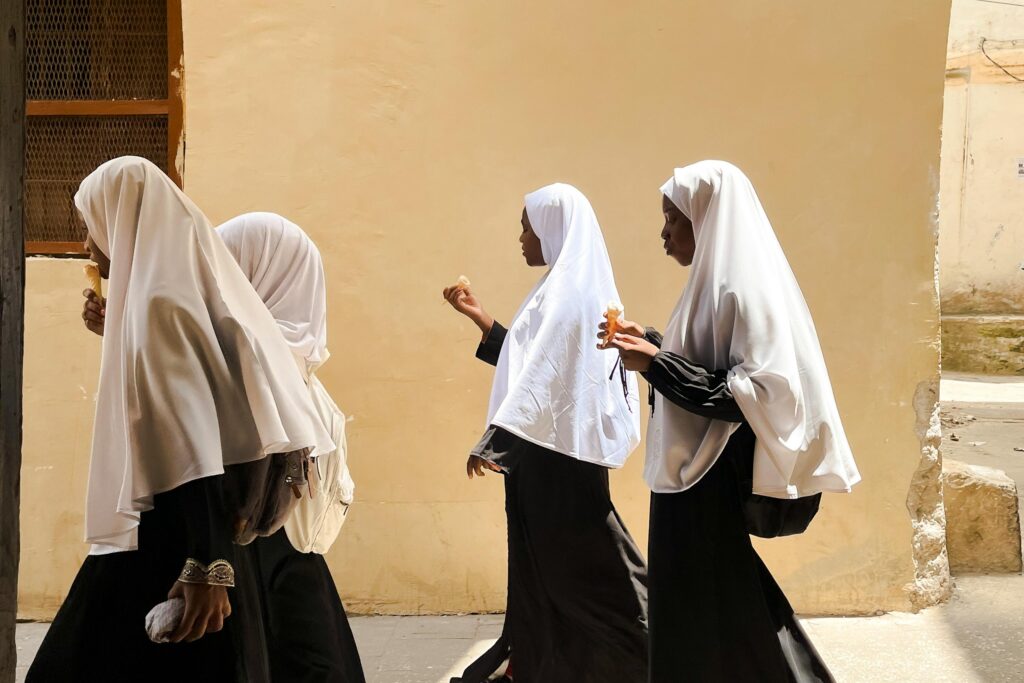
Similarly, many Christians opt for contemporary yet modest clothing, steering clear of overly revealing garments. This balance reflects a deep respect for cultural and religious norms, showcasing how Tanzanians across different faiths can stay true to their roots while embracing new fashion influences.
Wrapping Up
Whether it’s traditional clothing or modern urban styles, Tanzanians take pride in their appearance and use fashion as a way to express themselves. The beautiful colours and patterns make a statement about the wearer’s personal style as well as their roots.
So when you visit Tanzania, make sure to grab a kitenge dress or shirt or a kofia to truly experience the full breadth of Tanzanian fashion. And who knows? You might just pick up some style tips and spice up your own wardrobe, too. Fancy going shopping for clothing in Tanzania? Then get in touch!
